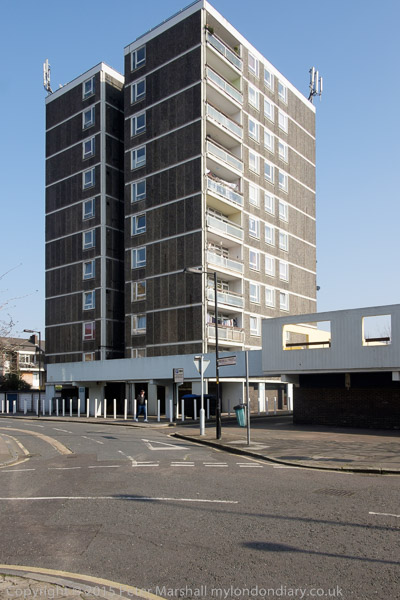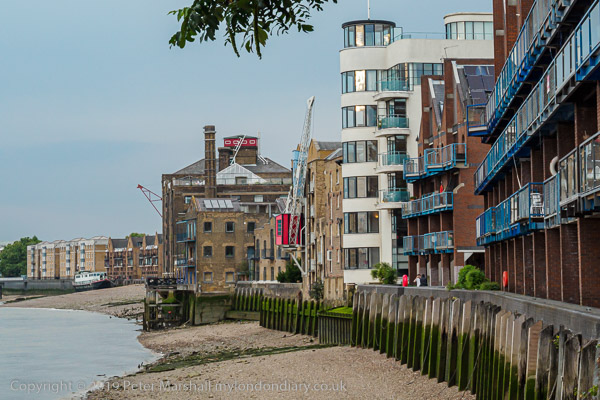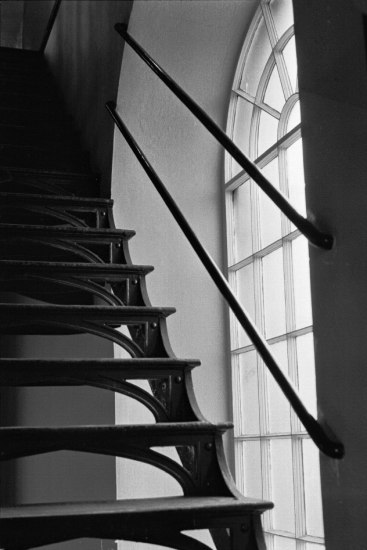Bermondsey Equinox: Spring, or rather Astronomical Spring, officially starts today, 20th March, though meteorologists see things differently and start it on March 1st and the weather has its own ideas. Botanists too make up their own minds by looking at plants.

Today is the Spring Equinox, which I always assumed meant equal lengths of day and night, but checking the tables I find that today we get 24 minutes more day than night.

The actual definition of the Equinox is apparently the moment when the Sun is directly above the equator and the Earth’s rotational axis passes through from being tilted towards the southern hemisphere to the north. So it really is just a moment, this year at 3.06 am UTC 20th March. Most years it falls on 20th March, but in 2007 it was on the 21st in the UK, and this year will be on the 19th across the USA.

But watch out for Druids, particularly should you be near Tower Hill, where in some previous years I’ve photographed their celebrations which begin at noon, I think Greenwich Mean Time.

It’s an interesting event to watch, and doubtless important for those taking part, and also good to photograph at least once or twice, but when you’ve done it a few times difficult to find anything new to say.

So I won’t be there today. And I won’t write about it here, as last year I posted Druid Order – Spring Equinox at Tower Hill and you can still read all about it there as well on the various other posts here and on My London Diary.

Back in 2015 I didn’t go to Tower Hill but was instead on the opposite side of the River Thames in Bermondsey, out for a walk around one of my favourite areas of London with a few photographer friends.

As I wrote then, it was “really just an excuse to meet up, go to a couple of pubs and then end up with a meal” and though it was a fine afternoon I don’t think any of us took many pictures. I’d photographed the area fairly extensively in previous years and had even written a leaflet with a walk for part of it.

The leaflet came about back in the dark ages of computing, when Desk Top Publishing had more or less just been invented and I was teaching an evening class in the use of Aldus Pagemaker, bought up by Adobe in 1994 who then killed it and brought out Indesign, more powerful but far more difficult to use. West Bermondsey – The leather area was an industrial archaeology walk which I made use of to illustrate some of my lessons.

Over the next few years I printed hundreds of copies on my Epson Dot-Matrix printer – which accounts for the crude illustrations – and sold them at 20p a time – hardly a money spinner but it covered my costs. They were bought and given out by local historian Stephen Humphrey (1952-2017), chief archivist at Southwark’s Local Studies Library for 30 years on his local history walks and sold at the Bermondsey festival. I met Stephen who wrote a number of publications on the history of the area a few times – and had visited him in the Library when researching the leaflet, which also relied on information from a walk led by Tim Smith for the Greater London Industrial Archaeology Society where it is one of a very long list of interesting walks in London.

The area has changed considerably since I wrote it, but most of what is mentioned remains despite considerable gentrification. You can find several hundreds of my older images of Bermondsey in colour and black and white on Flickr – including those used in illustrating the leaflet in much better reproduction.
There are a few more images from my 2015 walk on My London Diary at Bermondsey Walk.
Flickr – Facebook – My London Diary – Hull Photos – Lea Valley – Paris
London’s Industrial Heritage – London Photos
All photographs on this page are copyright © Peter Marshall.
Contact me to buy prints or licence to reproduce.


















































